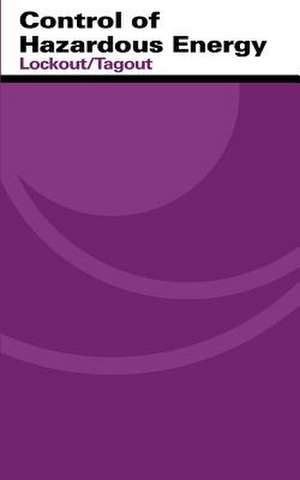Control of Hazardous Energy
Autor U. S. Department of Labor, Occupational Safety and Administrationen Limba Engleză Paperback
Preț: 82.44 lei
Nou
Puncte Express: 124
Preț estimativ în valută:
15.78€ • 16.41$ • 13.02£
15.78€ • 16.41$ • 13.02£
Carte disponibilă
Livrare economică 25 martie-08 aprilie
Preluare comenzi: 021 569.72.76
Specificații
ISBN-13: 9781478113751
ISBN-10: 1478113758
Pagini: 46
Dimensiuni: 127 x 203 x 3 mm
Greutate: 0.05 kg
Editura: CREATESPACE
ISBN-10: 1478113758
Pagini: 46
Dimensiuni: 127 x 203 x 3 mm
Greutate: 0.05 kg
Editura: CREATESPACE
